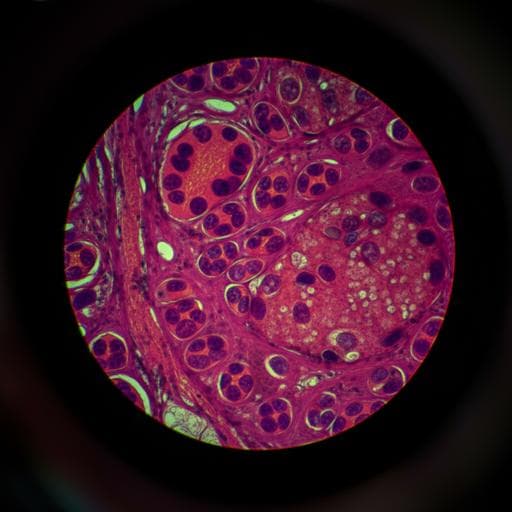
Medicine and Health
Effectiveness of transfer learning for enhancing tumor classification with a convolutional neural network on frozen sections
Y. Kim, S. Kim, et al.
Discover how researchers, including Young-Gon Kim and Sungchul Kim, are revolutionizing intraoperative metastasis confirmation using deep learning techniques. Their study highlights the potential of transfer learning from the CAMELYON16 dataset to significantly enhance tumor classification in frozen section biopsies, offering hope for improved surgical decision-making.
~3 min • Beginner • English
Related Publications
Explore these studies to deepen your understanding of the subject.







